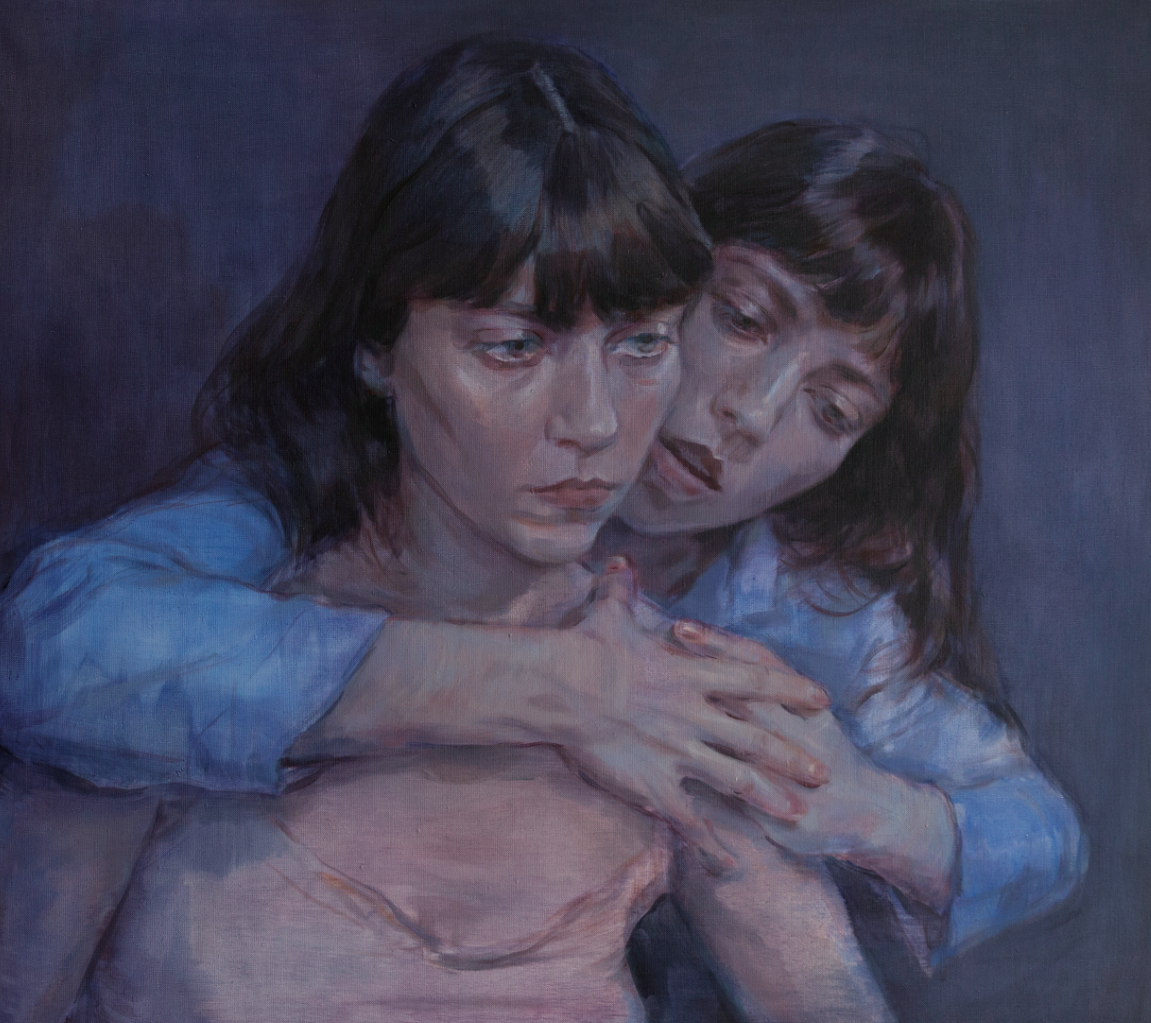Wystawa czasowa
25.10.2025 - 15.02.2026
Poziom 0
House of Day, House of Night: Works from the Collection of Radosław Kotarski
[…] each of us has two homes – one actual home with a fixed location in time and space, and a second that is infinite, with no address and no chance of being immortalized in architectural plans – and […] we live in both of them simultaneously*.
Olga Tokarczuk
We associate home with a sense of belonging, stability and feeling safe. It is a physical refuge from the outside world, a zone under our control – it is we who decide what rules apply and who we invite in. It is a default enclave of peace, warmth and love, where we can be ourselves once we cross over the threshold. Paradoxically, it is precisely this moment of transition between the public and the private space, the moment that we leave behind our public persona, that makes the space of the home ambivalent. Within the comfort of our four walls, we can recharge our batteries, but also let off steam and vent our frustrations. In this way, our refuge becomes an arena for internal struggles. Walls cannot protect us from confronting our own fears and anxieties, the demands and expectations imposed on us, and the all the stress and pressure. In extreme situations, these walls become silent witnesses to the (auto)destructive behaviour of the inhabitants.
The title of the exhibition echoes that of a novel by Olga Tokarczuk, published in 1998 – a melancholic, highly ambiguous work in which descriptions of the material world, which is subject to its specific rules of, intertwine with matters metaphysical, spiritual and that we process internally. The presentation at MOCAK does not set out to illustrate the novel of the Nobel Prize winner, since the work’s impact relies on the persuasive power of its literary imagery; thus, only fragments could even be rendered into the language of visual arts. The exhibition is merely an attempt to translate the writer’s extraordinary concept: by juxtaposing myth with truth, and fusing reality with dreamlike imagery, she has achieved an uncanny coherence, confronted with which the reader feels compelled to aim at achieving an equally comprehensive grasp of their own existence.
The exhibition, featuring works by 33 artists from Poland, Belarus, Canada and Japan, born between 1976 and 2001, is based on the private collection of Radosław Kotarski, presented here for the first time ever so extensively to the public. The eponymous house will be presented as a physical structure that encapsulates our accumulated relationships and memories, a structure that comes to life through our emotions. The authors of the works show this both literally and metaphorically, sometimes indeed venturing into the realm of non-representational art. As in reality, both ‘houses’ have a parallel existence, offering fluid passages not only between night and day, but also between reality and dream, consciousness and sub-consciousness, matter and spirit, body and soul. It is a collection of scenes, afterimages, micro-histories, oneiric visions, and emotional portraits that do not form a homogenous narrative. It is a backdrop for everyday events, moments of joy and intimate rapture, as well as dramas and conflicts, oppression and loneliness. Even in happy homes, at night, when the lights go out and conversations fall silent, we are left on our own, in our own company, becoming our own safe haven or, on the contrary, a prison.
Radosław Kotarski, a popular YouTube influencer and educator, has been amassing his collection since 2018; what makes it unique is that it has been created out of his need to tell stories and an awareness of the educational role of art – which, for the viewer, can be a life-changing experience and a tool for critical reflection. The collection is based on the collector’s unusual criterion of seven minutes as the minimum duration of a story, which is to be triggered by one’s contact with a work of art. Initially, the journalist and YouTuber set his sights as a collector on the post-avant-garde artists such as Ryszard Winiarski and Leon Tarasewicz, as well as representatives of op art, including Jan Ziemski, Andrzej Nowacki and Ferruccio Garda. His belief that art should be viewed and not stored out of sight in warehouses informed his decision to limit the collection to 250 works. The paintings are displayed on a daily basis at the homes of the collector’s friends and in other friendly places so that they can have an impact on viewers. The selection of works for the exhibition at the Kraków museum – albeit dictated by the main theme of the exhibition – reflects the formal diversity of the collection and its artistic representation. Radosław Kotarski’s collection includes works by established and widely recognised artists, as well as aspiring ones, with a predominance of contemporary art created by women.
* O. Tokarczuk, House of Day, House of Night, trans. A. Lloyd-Jones, Granta Books, London 2002, s. 204.







